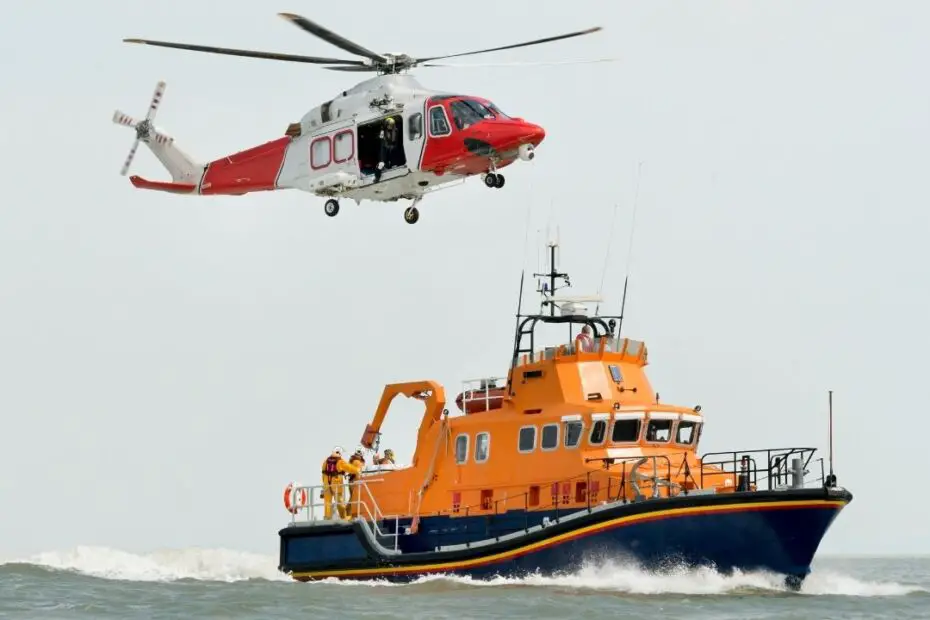Many people love boating, whether it’s just to relax on the water or get some serious fishing done. Unfortunately, relaxation and fishing can come to a tragic end if an emergency occurs and those on board aren’t prepared. Keep reading to learn the best ways to handle a boating emergency at sea so you’ll be ready if something happens.
Step 1: Preparation
The best way to be ready in case of a boating emergency is to prepare. The first step to prepare for a boating trip is to research what types of emergencies can occur and what equipment you need to handle different emergencies.
There are four types of boating emergencies: mechanical issues/failures, health/medical problems, man overboard, and weather conditions. Despite the differences between these emergencies, there is equipment for all of them, which we’ll list below.
Audio indicators such as horns and visual indicators such as flags can help you signal in an emergency if you can’t use your VHF radio.
Flashlights and batteries are helpful at night even if there isn’t an emergency, and you can use them below deck if you lose power.
Knives and ropes can also be handy in multiple circumstances, including emergencies, so keep plenty around.
Step 2: Practice
Once you have proper safety equipment, including floatation devices and a first aid kit, start running safety drills. Before you begin a safety drill, establish who will be in charge. It’s okay to change the leader until you find the right fit. Just make sure that whenever you go out on the water, you have an established leader.
The leader should be willing to lead future safety drills and presentations with other crew members or guests. They should dedicate time to learning the safety plans you put in place for different emergencies.
While the leader is important, you should also assign each crew member or regular guest a task since they will probably be on board during an emergency. Make sure they practice their task individually and during larger safety drills that involve others so they are prepared to perform their task under the leader’s direction during an actual emergency.
Step 3: Perform
The last step for handling an emergency at sea is to perform well when an emergency occurs. If you’re prepared and have practiced, you should be able to take action under pressure and keep everyone on board safe. Have multiple backup plans ready since the actual emergency will often go differently than in practice, and don’t be afraid to call for help. Remember to stay calm and lead or follow well.
Preparation, practice, and performing well under pressure are the best ways to handle a boating emergency at sea. In a perfect world, these emergencies would never occur, but since they sometimes do, you need to be ready to face them.
